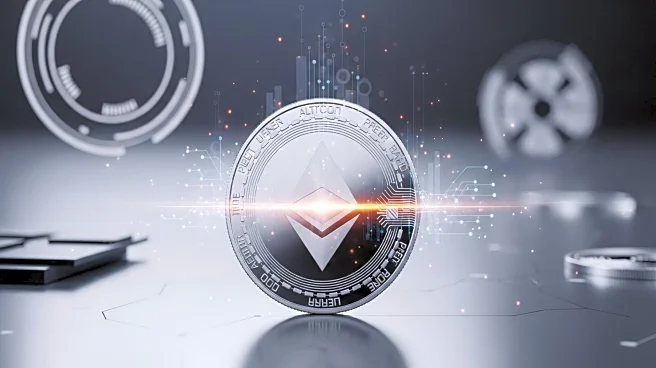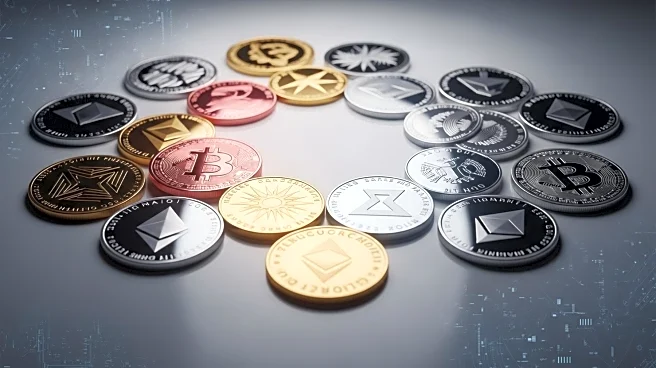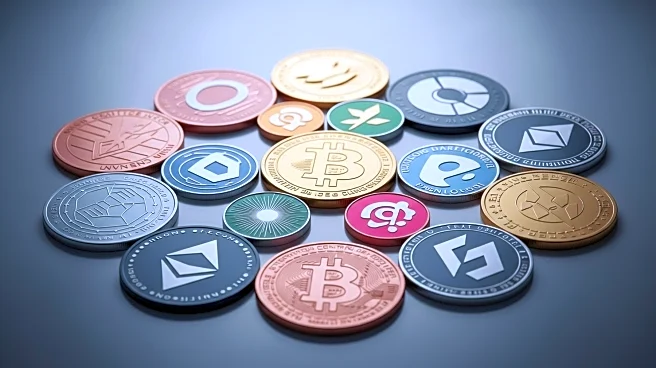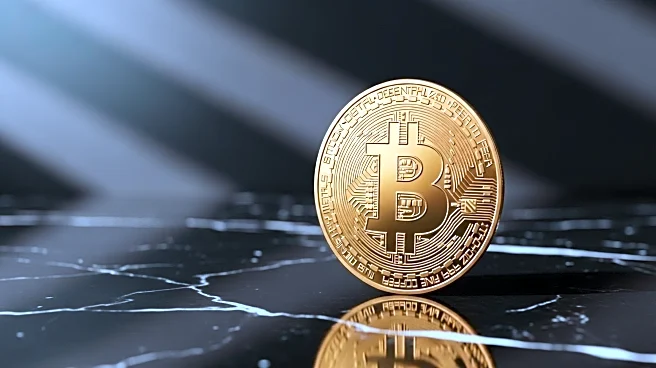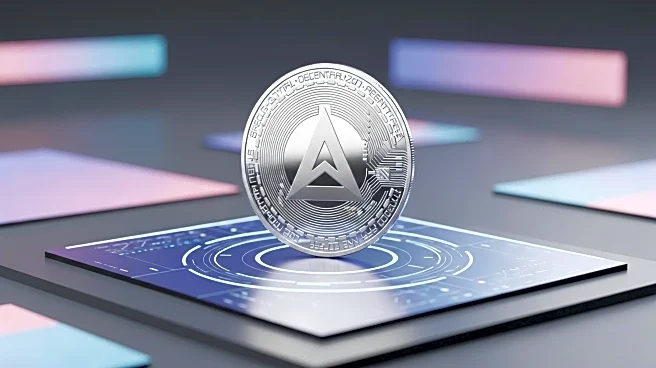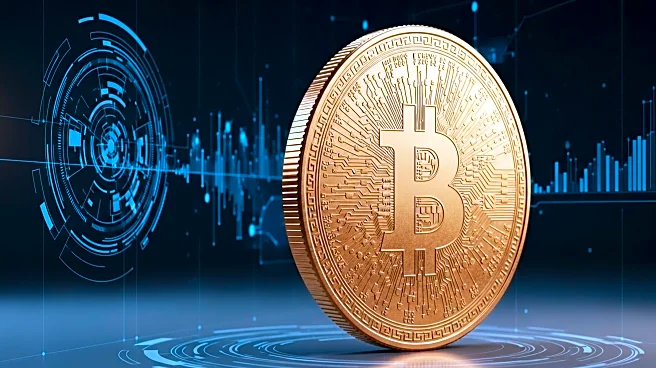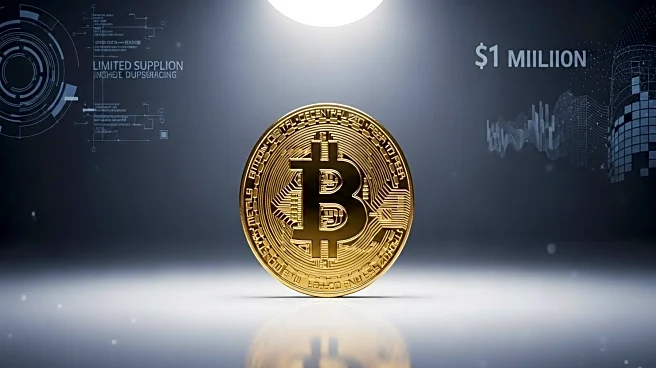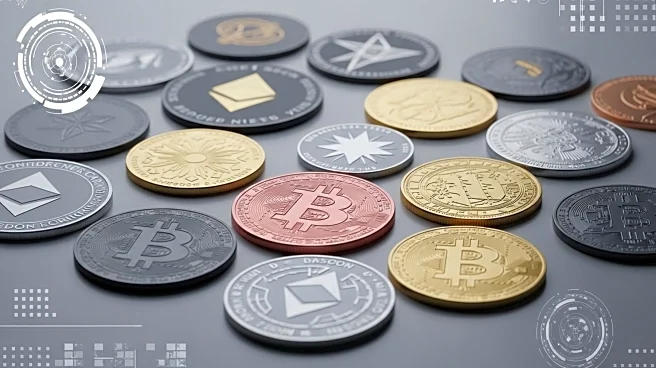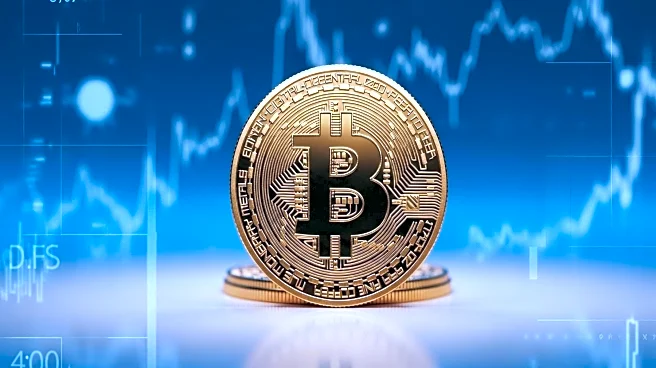What's Happening?
Bitcoin's recent price correction has led investors to explore altcoins as potential alternatives. With Bitcoin's market dominance waning, altcoins are attracting increased trading volumes and capital inflow. Historical patterns show that Bitcoin corrections often coincide with surges in altcoin activity. The broader financial ecosystem's resilience amid macroeconomic uncertainty may encourage similar behaviors in the crypto space. Mastercard's integration of stablecoins into its global payments network highlights the convergence between traditional finance and the digital economy, potentially boosting institutional adoption for altcoins.
Why It's Important?
The shift from Bitcoin to altcoins could reshape the cryptocurrency market, offering opportunities for diversification and strategic investments. Altcoins with unique value propositions and strong fundamentals may attract greater interest, especially as investors seek to capitalize on undervalued opportunities. The rise in crypto-related M&A activity suggests a maturing market where strategic partnerships and integrations play a critical role in altcoin development. Mastercard's stablecoin integration underscores the potential for infrastructure improvements that could benefit a wider range of crypto assets.
What's Next?
Investors should approach the current market shift with caution, as Bitcoin's decline does not guarantee a proportional rise in altcoin prices. Monitoring key indicators such as trading volumes, on-chain activity, and broader market trends is essential for informed decision-making. The recent surge in fintech M&A activity suggests that strategic partnerships may also play a critical role in altcoin projects seeking to capture a larger market share. The performance of altcoins will depend on broader cryptocurrency infrastructure and investor sentiment.
